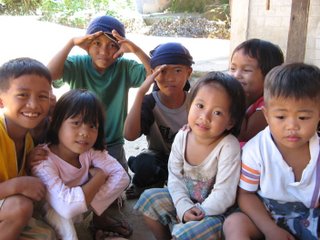Typhoon damage
I was briefly stranded on Lubang Island last week as another typhoon battered the Philippines. Just a few days after typhoon Reming caused 100s of deaths in the Bicol region another typhoon with winds up to 185 kmh struck the country. A 3 day trip turned into a week long stay until it was safe for boats to sail again. Historically typhoons start petering out in November and are non-existent in December. In recent years there have been stronger typhoons and storms that have been lasting well into December. Some scientists attribute this phenomenon to global climate change.
The typhoon only caused damage to crops and killed cattle in Lubang although many 1000s of families in other parts of the Philippines were displaced from there homes due to flooding or had electricity and water cut off. Not only does the longer storm season disrupt communities for a longer time period but the changing hydrological patterns make it difficult for farmers to manage crop plantings and harvesting. Ironically, it is always the poorest communitities who are most vulnerable in disasters, people who have never driven a vehicle or switched on an air conditioning machine .





